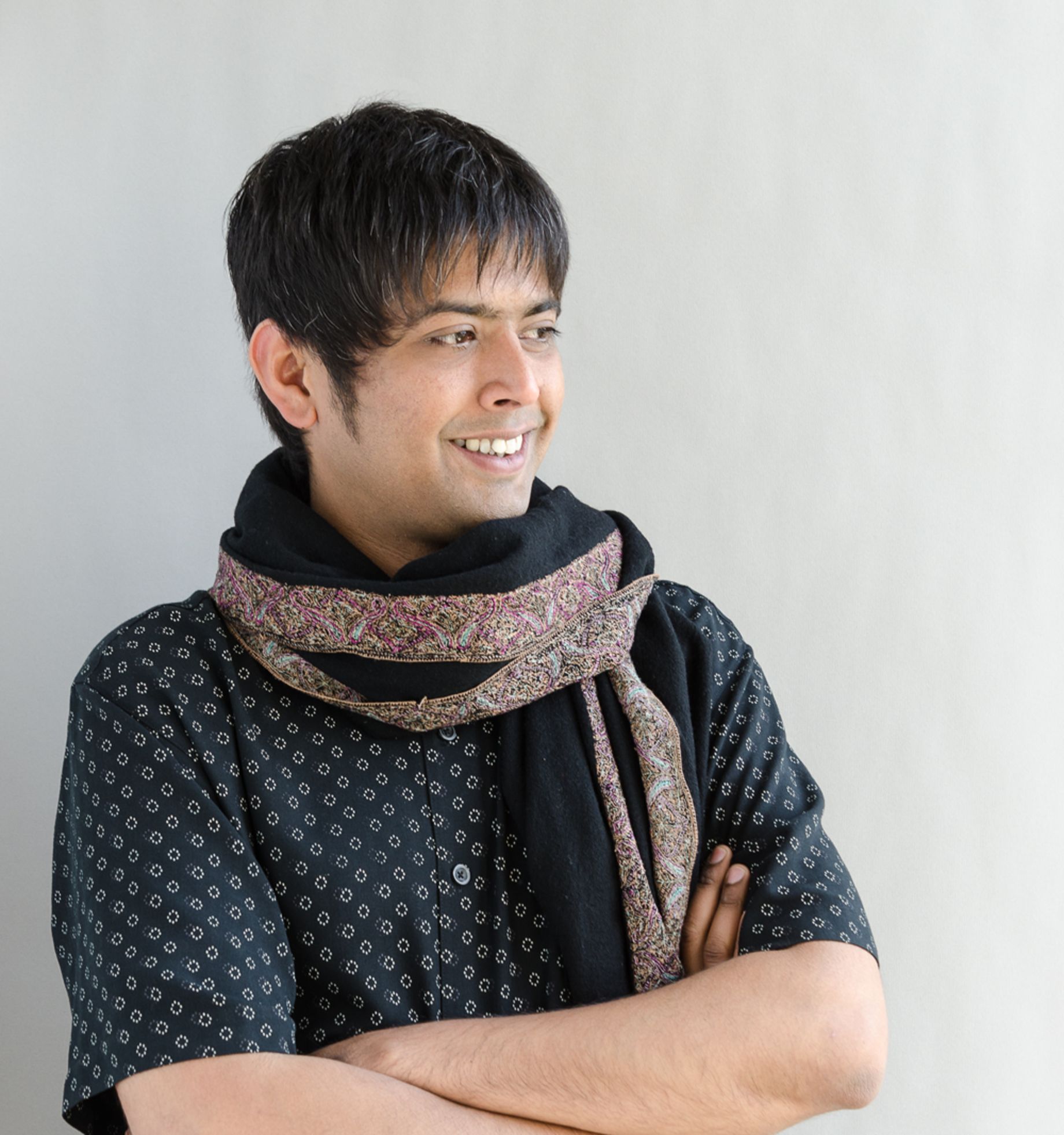A Fragile Techné: India in Colonial Photography, Print Culture, and Archaeology
Sugata Ray’s project focuses on the incompleteness of Western techné in early modern and colonial India. The project, drawn from his PhD dissertation on Vrindavan, the Hindu pilgrimage site where the god Krishna is believed to have spent his youth, suggests that the technological apparatuses of colonialism – photography, cartography, archaeology, and print culture – became the very sites through which modern Hinduism maneuvered an aesthetic of resistance. Reading together purportedly discrete practices such as temple building and anti-colonial politics, cartography and theological texts, photography and road-making projects, Sugata offers an understanding of modern religiosity as a spatio-visual practice of resistance. In Berlin, he wants to develop two chapters of the book manuscript. The first focuses on paintings, photographs, and print culture at the State Museums of Berlin. The second explores the convergence between representational strategies and modern museology. In particular, he is interested in a joint excavation in Vrindavan conducted by the Archaeological Survey of India and a German team led by Herbert Härtel, the founding Director of the Museum für Indische Kunst.


